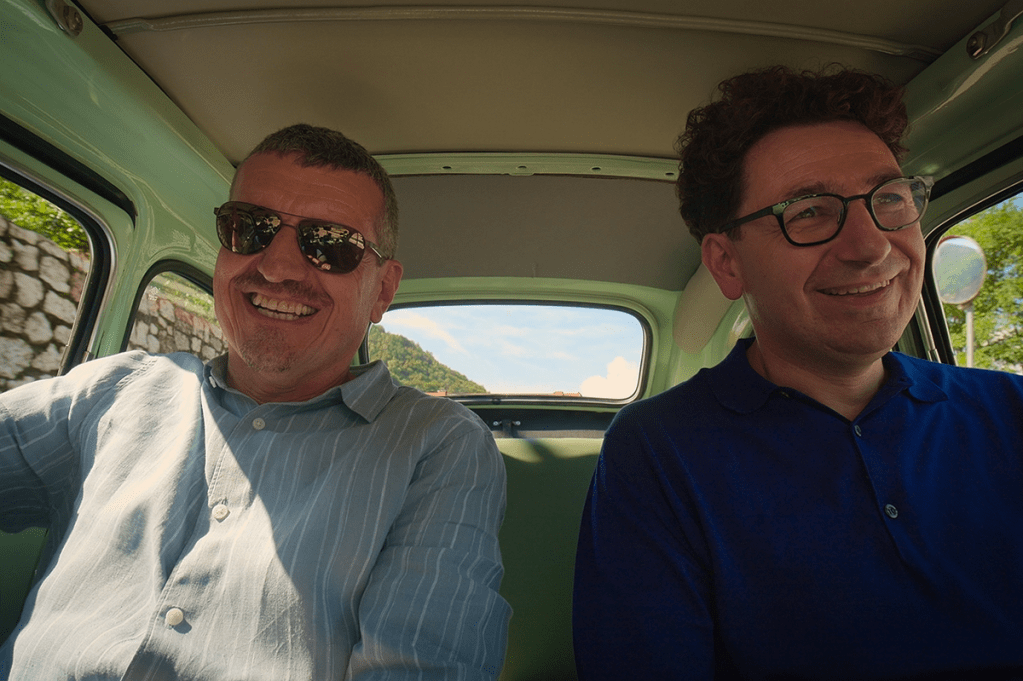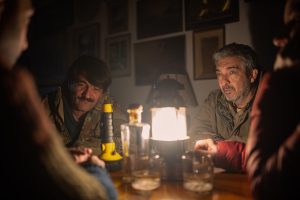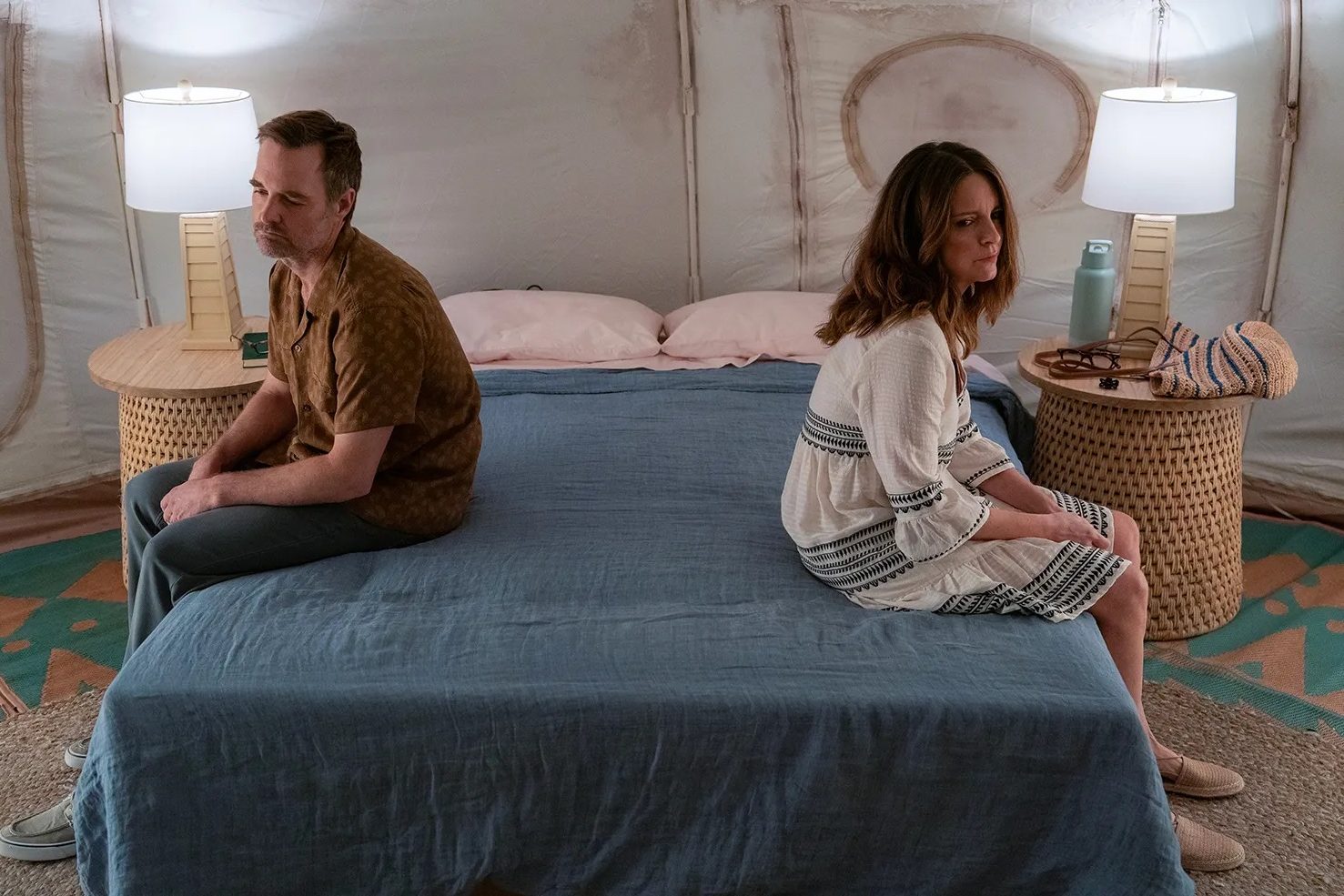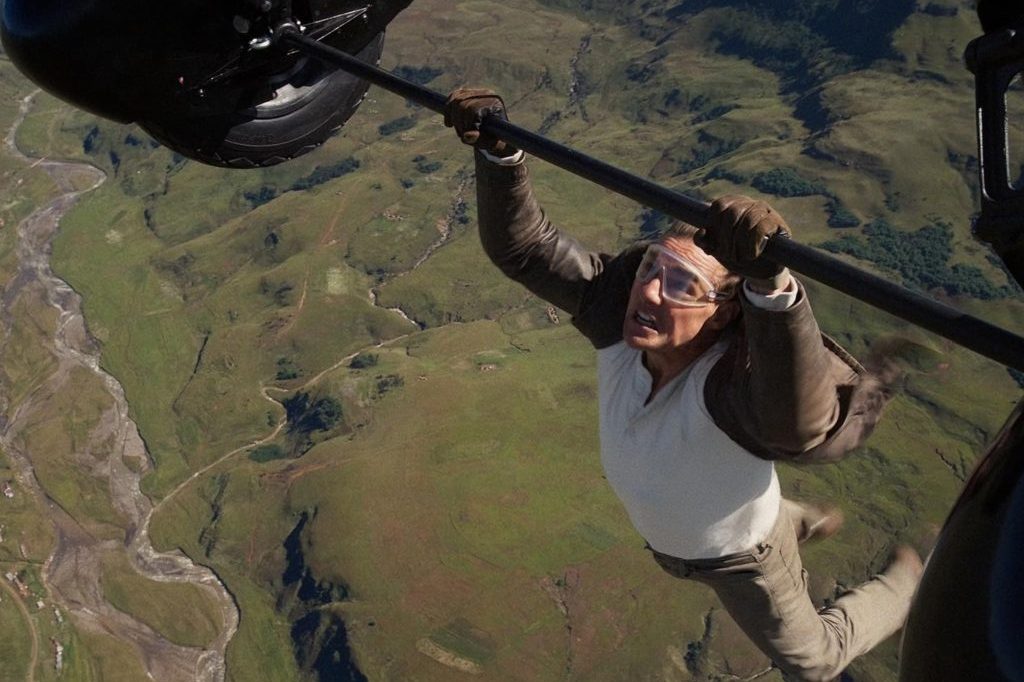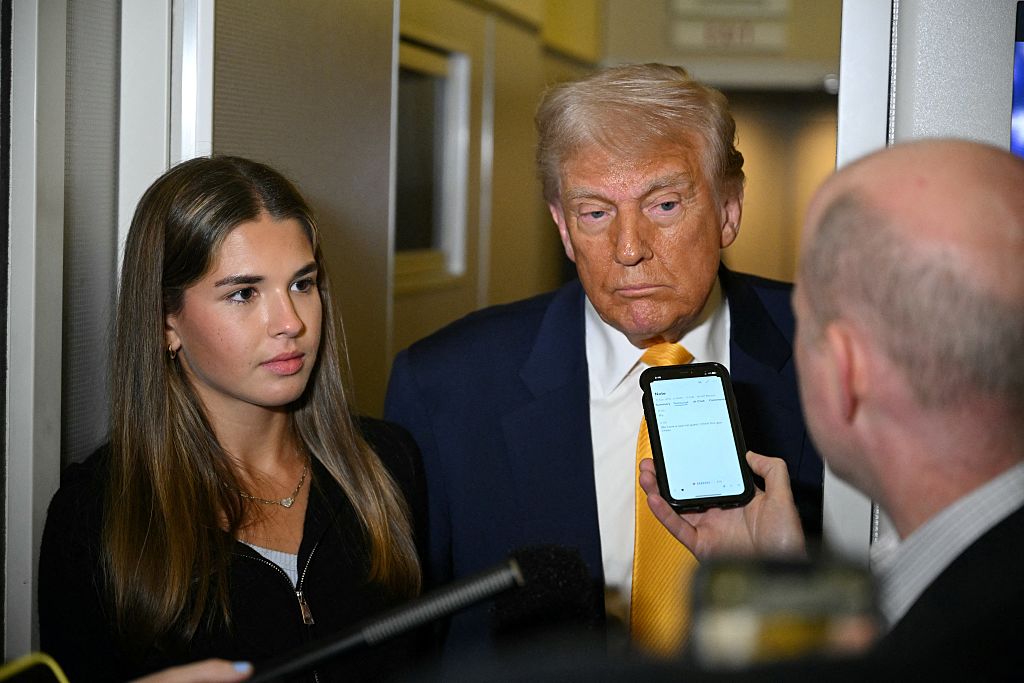My new favorite tennis player, just ahead of Novak Djokovic, is Nick Kyrgios. Up until recently I’d barely heard of him and what little I knew — his massive, sweary, on-court tantrums — did not inspire much enthusiasm. But then I watched Break Point and realized that here was exactly the kind of man I’d like to be myself: someone so talented at what he does that he puts in no preparation and little practice; who prefers chilling with his mates and his family to the grinding tedium of work; who loathes rules and formality and won’t be told what to do; and who, despite all these self-generated handicaps, is still capable of pulling off the occasional stunt that proves his critics spectacularly wrong.
As he did in the 2022 Australian Open. I’m not going to tell you here what happened. If you’re a tennis fan, you’ll know. But if, like me, you are at most a fairweather follower of the sport, then you should watch the first episode of Break Point because it will take your breath away. I never would have believed tennis personalities could be this exciting or grand slam competitions so enthralling, you’ll say to yourself. And in most cases — Kyrgios really is a supremely rare exception — I fear you’d be right. The genius is all in the edit.
Perhaps this will make more sense if I explain that Break Point is made by the same team that brought you F1: Drive to Survive and uses much the same formula. That is, it spends the first half introducing you to the various key personalities, be they racing team managers and drivers, or players, coaches and girlfriends, in agreeable locations, and the second half showing these characters, whom you now know almost like they’re friends, either triumphing or spectacularly failing at some pivotal moment in their sporting calendar.
Let me explain how the formula works. There was a classic example in the opening episode of this season’s ever-watchable F1: Drive to Survive. First, against a backdrop of beautifully shot scenery in the Dolomites, we meet two amiable characters, winding up a vertiginous James Bond-style mountain road in a small, silly car. One is Mattia Binotto (the manager of Scuderia Ferrari, with his familiar Barton Fink haircut), the other is Guenther Steiner (who runs the Haas F1 Team and whose favorite English word begins with “f”). It turns out they are bosom buddies and they have been caught, apparently impromptu, heading for a drink at Binotto’s picturesque vineyard.
In last year’s series, we are reminded, both men’s teams were in trouble. Ferrari, at least according to legend and tradition, ought to be a worldbeater, but hasn’t won the manufacturers’ championship in well over a decade. Haas, a kind of vanity toy for an American billionaire, never expects to come in the top five, but really needs to do OK in the middle of the field if its owner is not going to get bored and find a new hobby. So why are we meeting these two men having a random social in a vineyard, would you say?
Well, duh, because by the end of the episode something remarkable is going to happen involving both their teams at the first race of the season, the Bahrain Grand Prix. And, lo, it does! Again, I shan’t say what but it does make you feel all warm and gooey inside, especially if you watched the sad episode last season when the Danish driver Kevin Magnussen was let go by Haas to make way for a Russian driver generously funded by his oligarch dad.
This makes you wonder: did they film that vineyard scene after the event in order to give the ensuing episode narrative shape? I’m guessing probably yes, because most reality TV is essentially a fabrication. It has to be because what viewers want is compelling stories, not haphazard events and dialogue caught on camera, with no clear indication of who the goodies and baddies are or where the story is headed. And yes, the formula gets a bit obvious and predictable once you understand how it works. But if you are able to suspend your disbelief it’s a bit like a successful conjuror’s trick: you know that the lady isn’t really being sawn in half but you’re still jolly relieved when she comes out safely in one piece.
Now, the same team has gone and given golf the same treatment in Full Swing. The first episode more or less successfully deceived us into thinking that the guy who ended up winning the US PGA championship wasn’t going to do so and was more likely to end up being beaten — yet again — by his richer, more successful best-buddy-since-childhood. I have yet to be convinced how exciting the ensuing episodes will be because I fear that golf players — a bit like tennis players — are all of a type. Also, I quite like watching golf, especially the Masters, and don’t feel the need to know about the bland creatures hitting the shots. Nor do I need to be worked up into a frenzied pitch by an excitable Netflix voiceover with fake commentators screaming at me why it all matters so much. I just like seeing the clever balls going into the holes in the lovely, smooth, green grass. But maybe that’s just me.
This article was originally published in The Spectator’s UK magazine. Subscribe to the World edition here.



